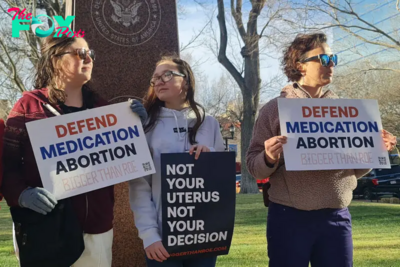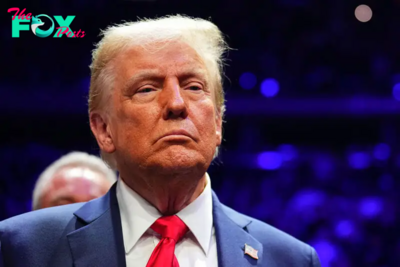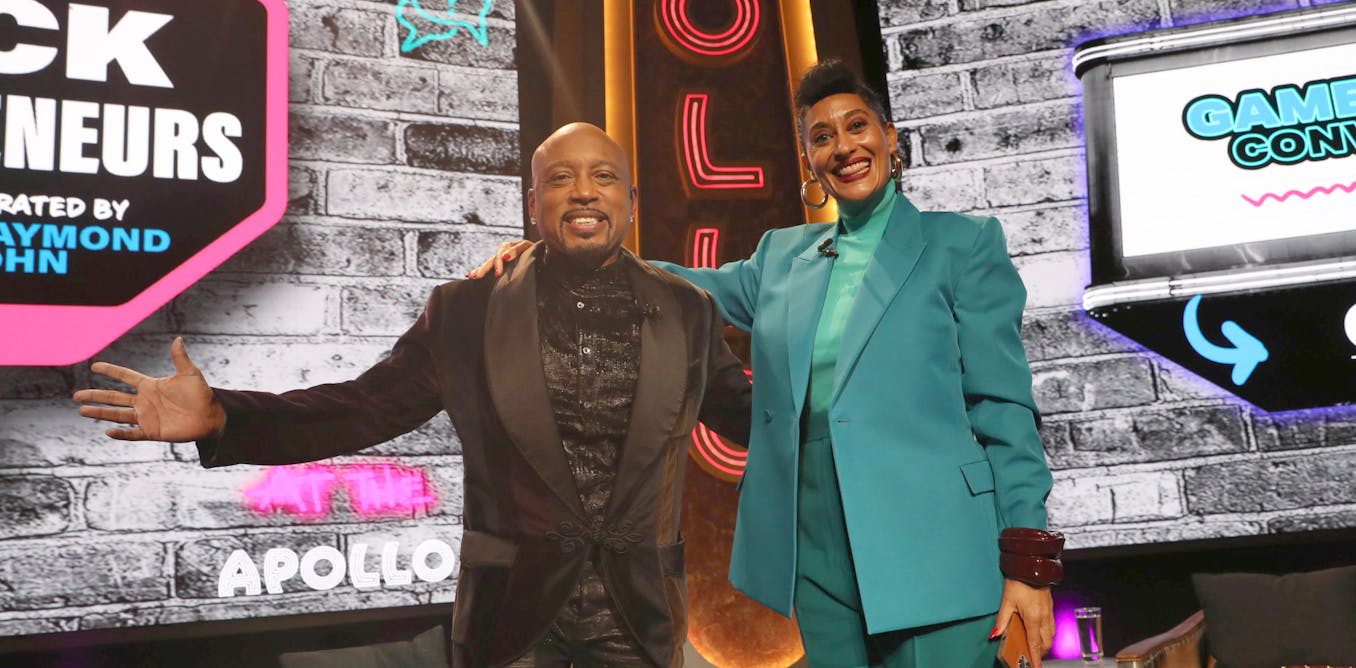Politics
Independent voters are few in number, influential in close elections – and hard for campaigns to reach
As the 2024 campaign cycle unfolds, campaign strategists, pollsters and political scientists have been closely watching independent voters.
The year began with a January 2024 Gallup report that 43% of Americans identify as political independents – regardless of whether they are registered to vote as a member of one party or the other. Various media outlets responded with proclamations that “independent voters dominate U.S.” and descriptions of how Joe Biden and Donald Trump are “on the hunt” for support from independents. Other publications speculated more generally about how the apparently large number of independents could shape the 2024 electoral landscape, because it may be hard to predict how they will vote.
That landscape points to a very close presidential election, one that will likely be decided by very small margins in a handful of swing states. A primary task for both the Biden and Trump campaigns will be to mobilize their bases and maximize turnout among their most ardent supporters. But those bases will probably not be enough to ensure victory for either candidate. Both candidates will seek to convince voters who are still “in play” – namely, independent voters.
Every new development on the campaign trail may spark questions about independents: Some of the early media punditry about Trump’s felony convictions in New York have included indications of how the verdict might shift independent voters away from Trump.
It appears that independents are important – including to political science scholars like me. But why, really?
Small in numbers, potentially big influence
For one thing, independents are important because there sometimes seems to be a lot of them. But that’s a point of contention among academics and campaign professionals.
Gallup’s January 2024 figure of 43% of the electorate identifying as independent was based on responses to a single survey question. Many survey operations, including Gallup, pose a follow-up question to self-described independents, asking whether they ever feel closer or “lean” toward the Democratic or Republican parties. Many independents will admit to leaning toward a party, leaving a much smaller number of “pure” independents. By this measure, Gallup’s estimate of independents went from 43% down to 12% of the U.S. electorate.
But even that small proportion can have an outsize difference in a country that selects a president through the Electoral College: In 2020, swing-state margins were much less than 12 percentage points. And polls indicate that Biden and Trump are now essentially tied in most 2024 swing states. So changes in preference among even very small blocs of independents may be critical to the election’s outcome.
The most recent New York Times/Siena College poll, with interviews conducted from April 28 to May 9, 2024, included dedicated state-level surveys in six swing states: Arizona, Georgia, Michigan, Nevada, Pennsylvania and Wisconsin. It found that Trump enjoys comfortable leads over Biden among independents in Nevada and Georgia but that the candidates are essentially tied in the other swing states.
It also found that double-digit percentages of independents support independent candidate Robert F. Kennedy Jr., most notably 20% of independents in Pennsylvania. Of course, there remains the question of whether Kennedy will actually appear on the ballots of these swing states; as of June 1, he is confirmed to appear only in Michigan. If Kennedy is not on the ballot in November, his present supporters will have to choose someone else – or choose not to vote at all.
All of these factors indicate there will be a spirited contest for swing-state independent voters in the coming months. But it’s not easy to identify what will attract their attention or support.
A distinct kind of voter
People who say they are independents but actually lean toward one party or the other are not especially independent but rather very like those who more closely identify with that party.
Pure independents – those who do not identify closely with either party – are another matter. Although relatively small in number, pure independents are distinctive in ways that pose real challenges to campaigns seeking their support.
Perhaps most importantly, pure independent voters are simply less likely to vote than those who express any degree of partisan attachment. In the 2020 presidential election, reported turnout among pure independents was about 20 percentage points lower than turnout among other voters, including independents who lean toward a party.
An underlying reason could be that pure independents tend to be genuinely put off by partisan conflict and party labels. Declaring independence in a survey is a way people can distance themselves from the partisan fray. For instance, a series of imaginative experiments conducted by politics scholars Samara Klar and Yanna Krupnikov found that self-described independents preferred photos of neighborhoods that did not show political yard signs than the same photos of the same neighborhoods with homes displaying political yard signs.

For these study subjects, independence is not simply the absence of party allegiances but an identity with its own meaning. They reject party labels and partisan rancor, which means that the kinds of messages that can motivate the Democratic and Republican bases may strike independents as more unwanted partisan vitriol.
The research indicates that at least some pure independents seek to avoid political conversation or interaction of almost any kind. They therefore pose a serious dilemma for campaign strategists: The very voters they need to mobilize to create a winning coalition might be the most difficult to reach.
Independents are distinct from other voters in a number of other ways that are also likely to raise the blood pressure of candidates and their campaigns. People who identify themselves as independents, even if they lean, tend to be less engaged in politics and pay less attention to campaigns than people who identify as partisans. They are also less likely to partake in partisan social media. All told, independents are less likely to use online sites and platforms where campaigns can reach them.
At the same time, to the extent that independents are less consumed by partisan or ideological media echo chambers, they are potentially open to campaign appeals and encouragement to vote.
Perhaps the most concise way to describe independents in 2024 is highly prized and highly elusive. The voters Biden and Trump need the most may prove to be the hardest to reach.
-

 Politics3h ago
Politics3h agoWhy Trump Actually Needs Mexico
-

 Politics3h ago
Politics3h agoMan Convicted of Killing Laken Riley Sentenced to Life in Prison Without Parole
-

 Politics8h ago
Politics8h agoHow the Biden Administration Protected Abortion Pill Access—and What Trump Could Do Next
-

 Politics8h ago
Politics8h agoWhy Trump’s Tariffs Could Raise Grocery Prices
-

 Politics19h ago
Politics19h agoThe First Trans Member of Congress Expected Pushback Like Mace’s Bathroom Rule
-

 Politics19h ago
Politics19h agoNew York Prosecutors Oppose Dismissing Trump’s Hush Money Conviction
-

 Politics1d ago
Politics1d agoWhite House Christmas Tree Is a Symbol of Resilience for Hurricane-Hit North Carolina Farms
-

 Politics1d ago
Politics1d agoHakeem Jeffries Wins Reelection as House Democratic Leader Despite Party’s Losses





















